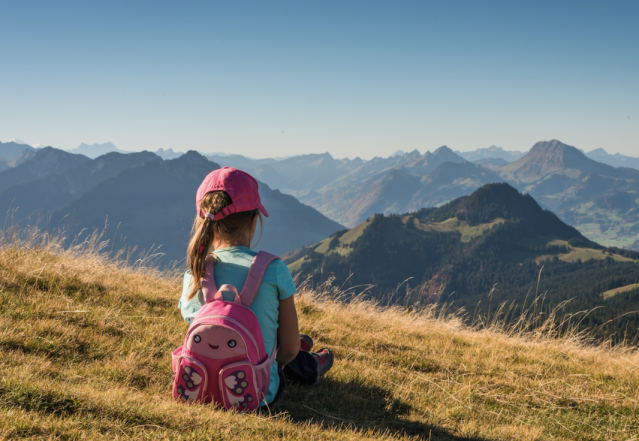
As adults, we have all experienced a crash course in climate change—whether we sought it out of our own volition or not. And while the concepts of global warming haven’t come without controversy, more and more messages related to climate change are hitting the mainstream every day. From the (almost daily) news, to political debates, to simply experiencing the weather outside, the complex and sometimes controversial topic of climate change has become part of our everyday world. In fact, as many as 1 in 5 Americans recall being exposed to climate change-related media messaging at least once a week, and 70% of Americans now agree that climate change is real.
As we struggle to improve our own climate literacy, the inundation of messaging on the topic has made it more important than ever to start the conversation about climate change and global warming with our children. As parents, we hope to rely on our children’s academic curriculum when it comes to science education, but in the U.S., these conversations need to start at home. While countries like the U.K. have started to integrate climate change into the school curriculum, the U.S. has yet to do the same. It is up to us as parents to develop a toolbox and framework for walking our children through this topic, with the goal of mitigating anxiety and promoting action and hope. Our children are the next line of defense, and as the incumbent generation of stewards for our planet, knowing how to have meaningful conversations with them about global warming and the impacts of climate change is more imperative than ever before.
While simple ideas such as reduce, reuse and recycle have been the go-to concepts for introducing our children to their role in the environment around them—and engaging them with a call to action—it is time for us to go deeper into teaching them the causes, consequences and potential solutions to protecting our climate. But where do you begin? While it may seem as daunting as climate change itself, focusing on simple, empowering and hopeful age-appropriate conversations is the best way to begin. Only you truly understand your child, so feel free to adjust these tips and guidelines based on your own child’s knowledge and sensitivity to these topics.
Keep it simple, basic and relatable.
While climate change is a macro issue, when it comes to your kids, keep it micro. Focus on your own household, neighborhood, and school first. Model eco-friendly behaviors at home, and take the time to explain WHY you are adopting these behaviors. Not only does this engage your child and give them ownership and accountability, but these behaviors create the perfect opportunity to reiterate the positive impact your child is already having on climate change. Habits such as recycling, eliminating single-use plastics and plastic bags, energy conservation in the home, composting and gardening are all great ways to get your child to participate and keep them engaged. Integrate interactive toys and learning games into your child’s play, such as Yowie, that are designed to teach and empower children about conservation in a fun, memorable, and age-appropriate way. There are even a number of children’s books available that can really help you build climate literacy together with your child.
Encourage them to take action and embrace personal responsibility.
One of the best ways to mitigate the anxiety many children have as they learn more about the severity of climate change is to keep them empowered and engaged. When they feel their personal behaviors are making an impact, they can feel a little more at ease about climate change. As parents, it is our job to recognize and reward these behaviors as they develop and become part of your lifestyle. It can be as simple as opting to walk or ride a bike to the park over driving, or taking public transportation. The opportunities to point out and recognize how their behaviors create a positive impact are all around us.
Talk about what it means to be a global citizen.
No one knows your child better than you, so when you think the time is right, you can expand the conversation to teach your child what it means to be a global citizen. Get them involved in the community, teach them about your local and state governments, and the roles they play when it comes to civic duty. Start talking with them about how the impacts they are making at home may seem small, but have a lasting, profound effect on our entire planet. Teach them about regions of the world, such as the Amazon, and other ecosystems that need protecting. Find their passion (for example, animals, the ocean, the rainforest, etc.), and encourage them to explore ways they would like to make an even bigger difference.
Keep the avenues for talking about climate change open.
When it comes to talking about climate change with her 10-year old daughter, science journalist Michelle Nijhuis recommends a similar approach to other challenging topics (sex education, as an example). “As a parent, I approach the subject of climate change much like I approach the subject of sex: While I answer all questions, without hesitation and in full, I make sure not to answer more questions than I’m asked.” By letting your child lead the conversation, you can make sure you are keeping the education level exactly where they are comfortable.
And while few of us see ourselves as experts on the topic, there are amazing resources available, such as those developed by NASA and PBS to partner with parents and families and guide us all on our journey towards climate literacy. NASA’s climate website for children is a great resource for educating children and their parents alike.











